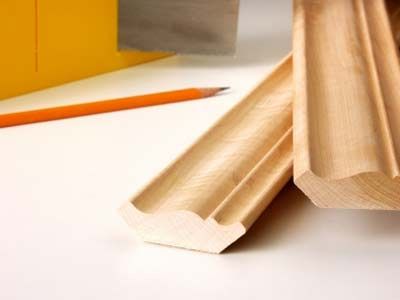People run into problems with tile cutters when the cuts become erratic, leading to uneven edges and chipped tile. You can prevent this in a few ways. First, checking the alignment of the cutter periodically can help you avoid chipping.
Second, use a paintbrush to run a line of light oil along your planned cut, as that will help the blade score the tile smoothly [source: Byrne]. Just remember that the oil can keep your adhesive from sticking, so wipe off all the tiles before setting them.
Making L-Cuts or Diagonals With a Manual Tile Cutter
To make L-cuts or diagonals, you'll need to use a wet saw. Mark the planned cut on the tile carefully with a ruler and a grease pencil. The saw has a guide called a rip fence, which helps you measure and straighten your cut. See the scales at each end? Use them to help you align the tile.
Now that you've aligned the tile with the rip fence, turn on the saw. Guide the tile gently and carefully toward the blade. Don't push hard, and don't keep moving the tile once the blade has cleared it. After you've made the cut, turn off the saw and take the tile out.
Take a look at the cut you've made. Is it clean? Great. If there are chips, you can smooth the cut out with a second pass from the saw.
Dealing With Scorch Marks on Porcelain Tile
One DIY expert notes that you may see some light scorch marks on the cut edge of the tile. (Even a wet saw creates a lot of friction when it passes through porcelain.) Fortunately, grout usually covers that sort of scar [source: Staggs].
As you might imagine, if a blade can leave burn marks even when it's passing through a cooling pan of water, it's traveling pretty fast, and that can be dangerous. Don't even think of starting your project before you've read the next page, where we look at safety tips for cutting porcelain.


